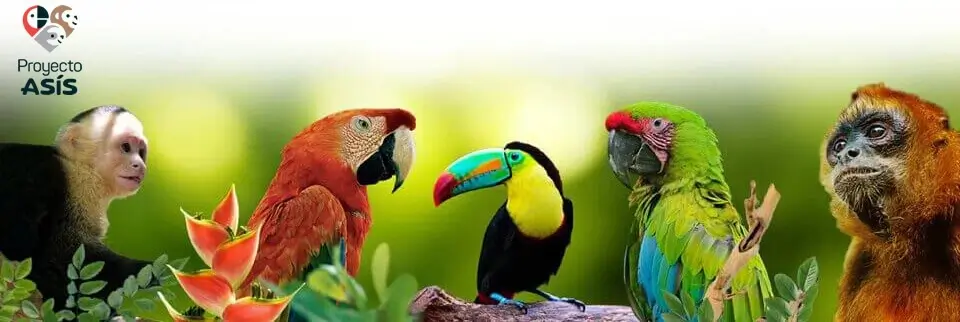Near La Fortuna Arenal Volcano National Park you will find an option to learn from this outstanding animal in our sloth tour.
Our Sloth Tour is run by Proyecto Asis. After more than 20 years caring for wild animals and the opportunity of releasing back to nature many species (including sloths) we are now offering you an educational tour to learn from them in this sloth sanctuary.
The sanctuary purpose is to rescue and rehabilitate sloths that have been brought to our place as they needed immediate attention. The tour we offer will help you understand them better and you will get to know what implies to care for them in order to release them or to keep them alive if the first purpose is not an option for them anymore.
We are dedicated to take care of the two species of sloths in Costa Rica.
The design of our sloth sanctuary allows guests to see the them in a safe environment that does not interfere with the animals, so that we keep the rehabilitation process as it must be.
Come join us in this educational tour where you will learn from their history to their liberation process and observe their natural behavior.
Sloths represent one of the animals that people feel most attracted to. But, why?
These curious and arboreal mammals have incredible information about evolution, sustainability, and conservation to teach us about. In our tour, we want to share our knowledge and experience from this species. This is a guided walk to see them in their natural habitat in our small reserve. Also, we have four informative stations with all kind of detailed information. At the end of the activity, you will feel like a sloth expert! PS: To see the sloths, we will use a telescope. We don’t have any in captivity. Our tour guide will take pictures for you with our phone skope. Duration: 1.5 hours.
What to bring?
Comfortable clothing, tennis or hiking shoes, a poncho or rain jacket, and bug repellent.
Come and participate in this educational experience that will show you these animals in their natural habitat.
Duration
1 hour and 30 minutes approximately.
Schedule
Monday to Saturday 8:30 am, 10:30 am & 1:30 pm
Price per person: $35 USD Kids 5 to 9 years old: $25 USD To ensure no one gets left behind please arrive 15 minutes early to check in and get extra details. Unfortunately, we cannot wait for anyone as it would delay the tour for the whole group. Thank you for your cooperation!
Cancellation policy: cancel 72 hours before your tour for a full refund. After that, it’s non-refundable under any circumstance. All cancellations must be acknowledged by Proyecto Asis.
Sloth Tour La Fortuna Photo Gallery



























































You must be logged in to post a comment.